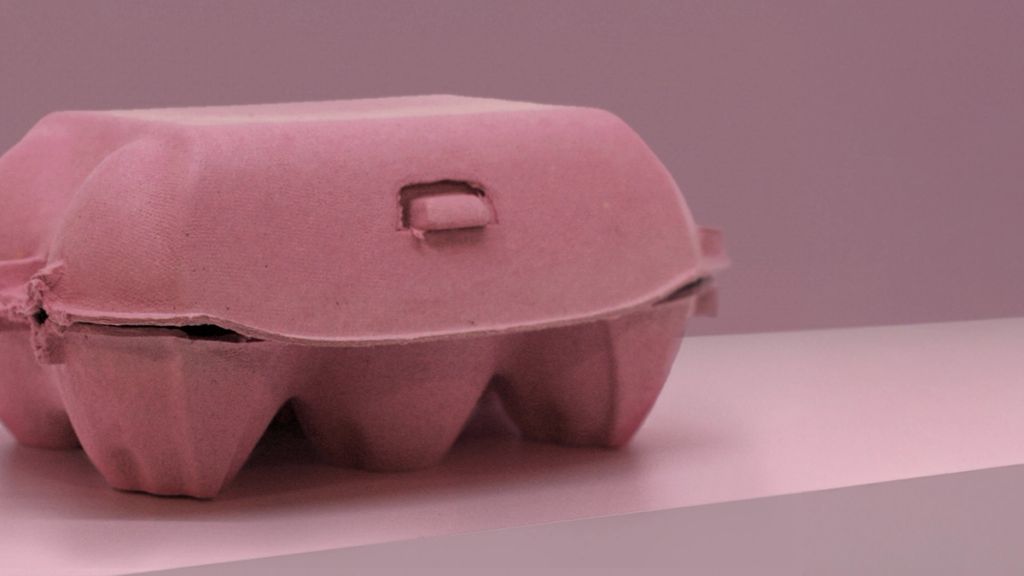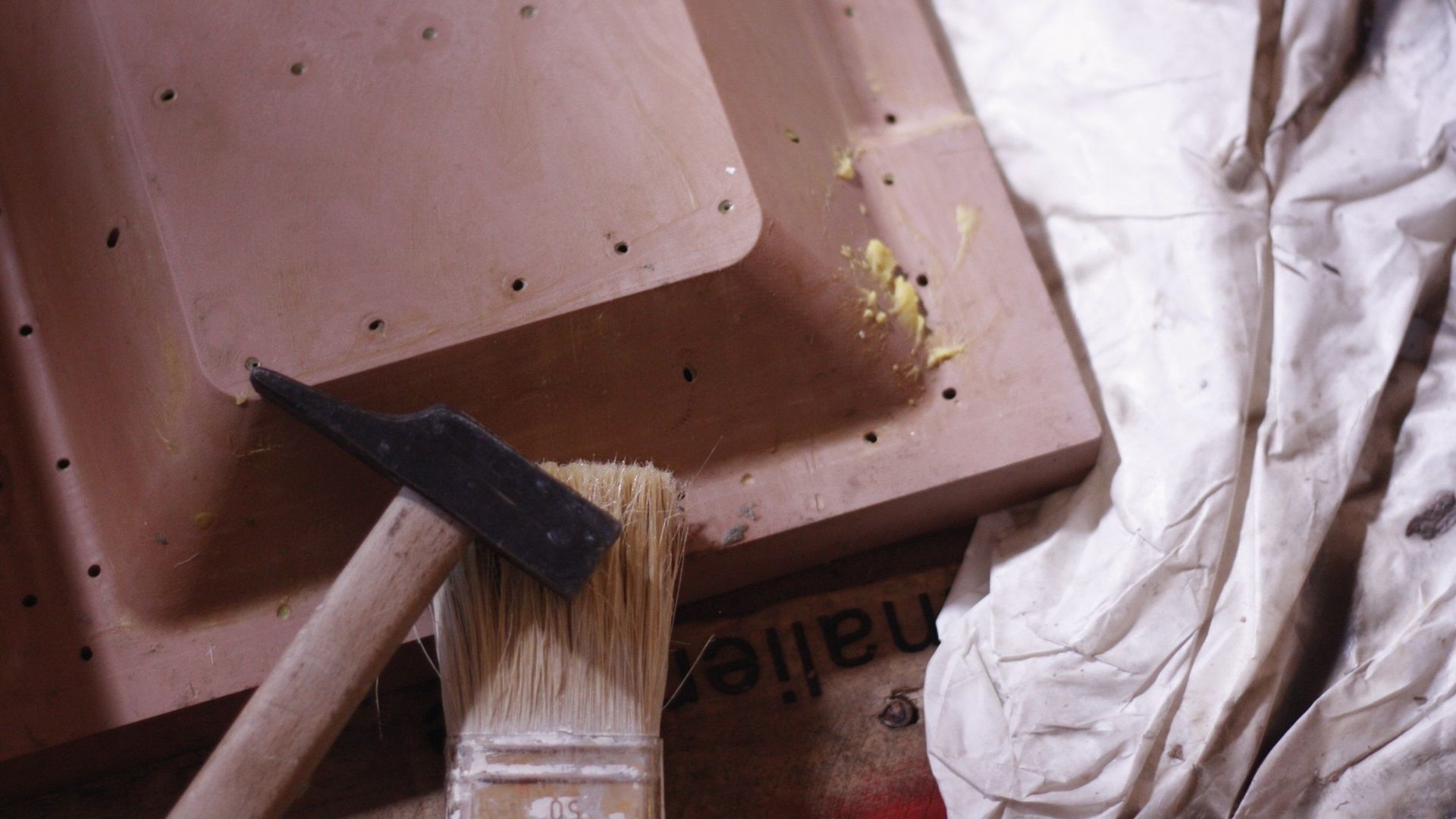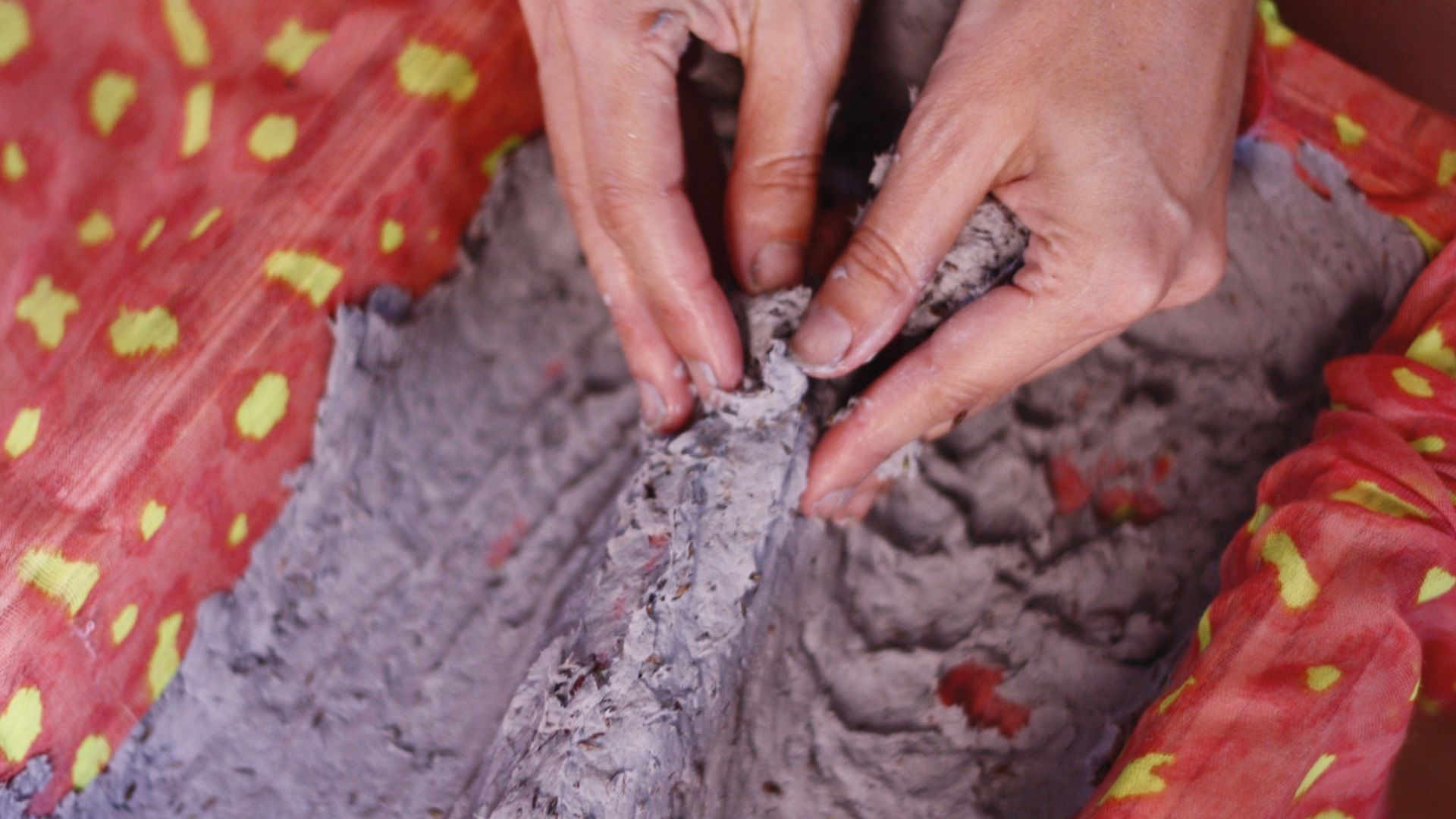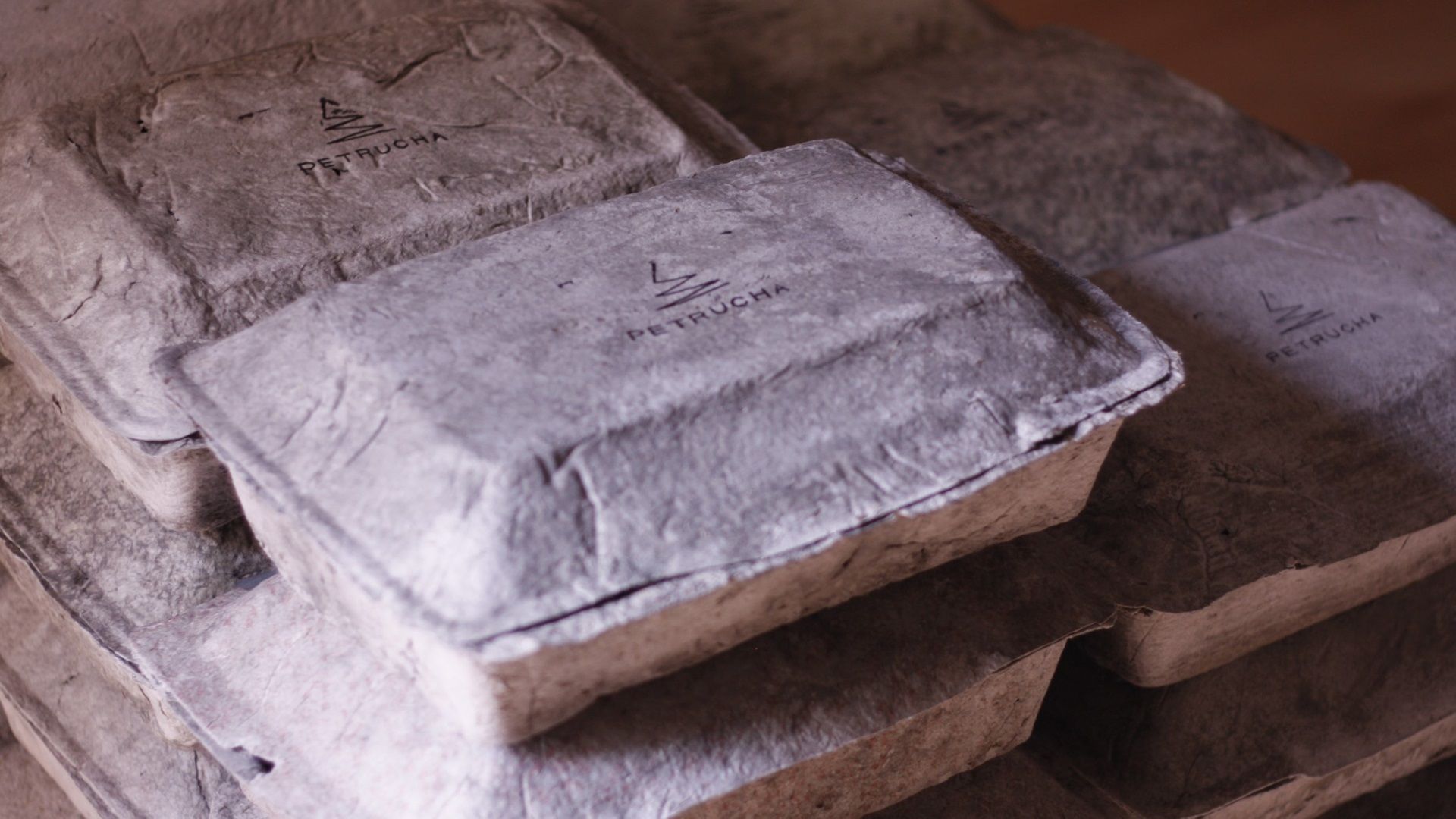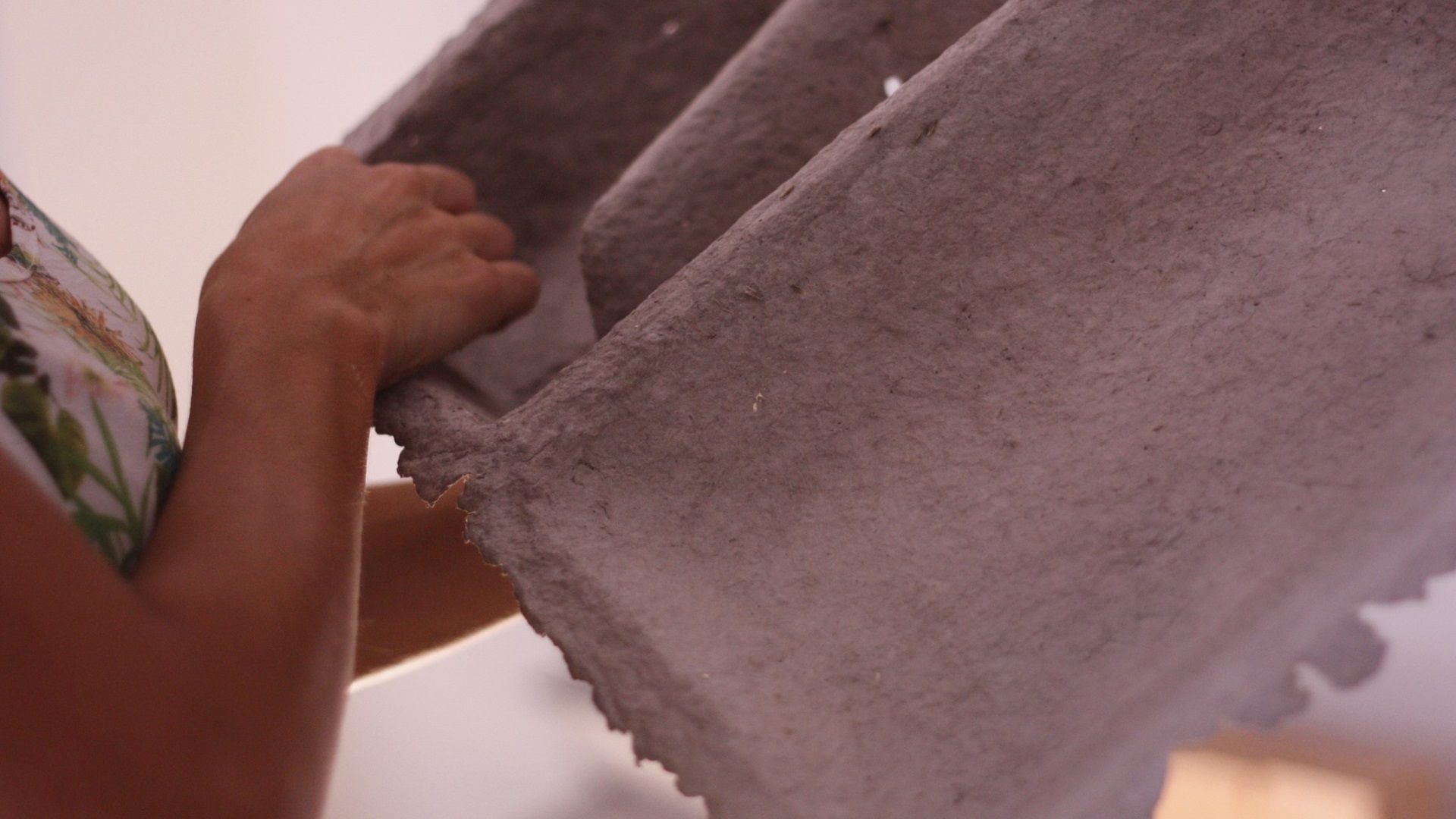
Petrucha | A paradigm shift through sustainability in packaging
Petrucha | A paradigm shift through sustainability in packaging
↗ Sustainability
Petrucha is a footwear brand that was born in 2014 in Alicante, Spain, with the vision of creating products in an artisanal way and adhering to the highest sustainability standards. However, the packaging industry still presents many challenges in achieving these goals.
- Sustainability
- Innovation
- Entrepreneurship
- Business strategy
- Product and service design
Challenge: Can we produce the world's most sustainable packaging?
Petrucha presented an interesting and ambitious manifesto for which they enlisted dot.: "Changing the industry's paradigm through a sustainability strategy in the product". This challenge laid the foundation of the project, which aimed to identify and address the least sustainable steps in the value chain while presenting a creative and efficient alternative to reduce the packaging impact.
Designing sustainable packaging starts by determining whether a package is necessary. In this case, it was essential since Petrucha shoes are shipped by mail and require protection in stores.
Once this was considered, it’s not only about selecting environmentally responsible materials but also understanding the entire manufacturing value chain to identify the processes that have the most significant environmental impact. On this basis, the Petrucha project focused on a radical critique of the role of packaging and overproduction, seeking improvement proposals that would not only reduce environmental impact but also recover the effects already exerted on it.
Solution: Raw material, zero stock
— Anaid Cano, creator of Petrucha.
At dot. we discovered that stock storage was one of the most polluting and costly processes in the system, as it requires storage space and duplicative transportation (manufacturer to factory to client). Therefore, we decided to design a new ad-hoc packaging manufacturing system—shoe boxes created at the same pace as the shoe production.
Based on a zero-stock strategy, we designed a complete manufacturing service with processes typically seen in industrial settings, but adapted to this artisanal scenario. We defined the ideal proportions for mixing the raw material (paper cellulose, an organic recycled and recyclable material, along with other natural binders), created and manufactured a manual press made of bamboo wood that is highly resistant to moisture to press the material into the box, and tested a natural air-drying system. This system was also defined as scalable, depending on the shoe demand for each season.
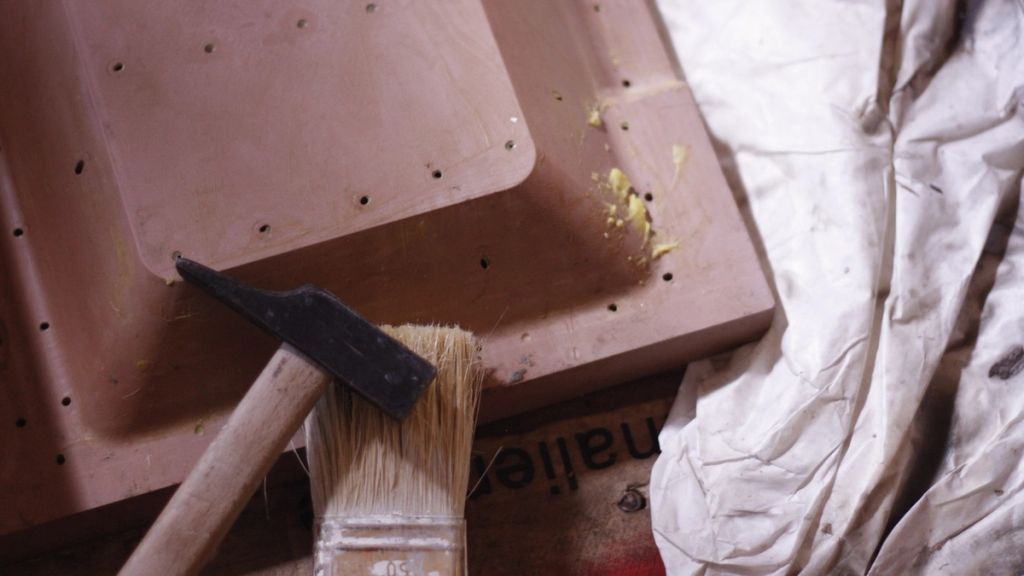
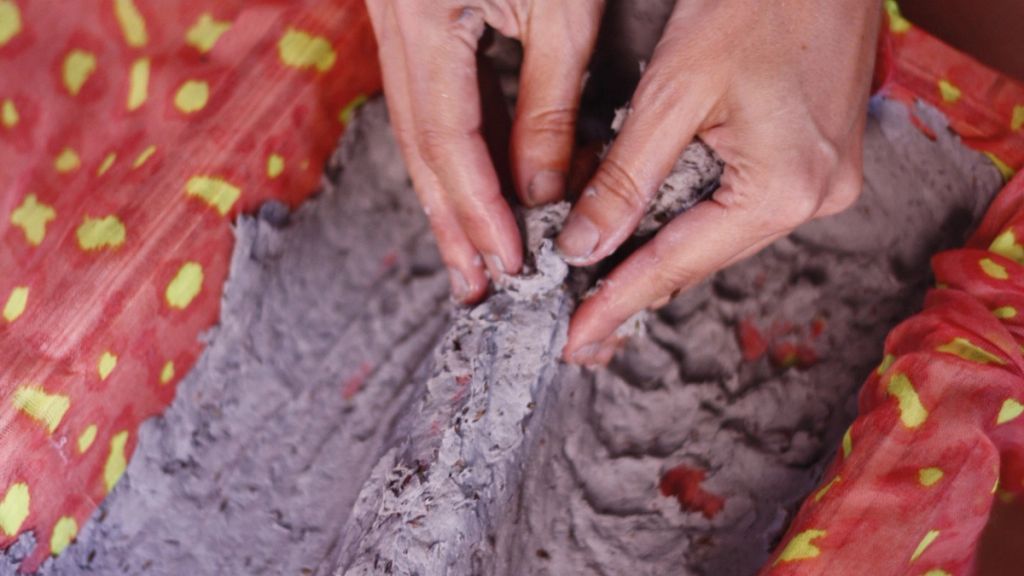
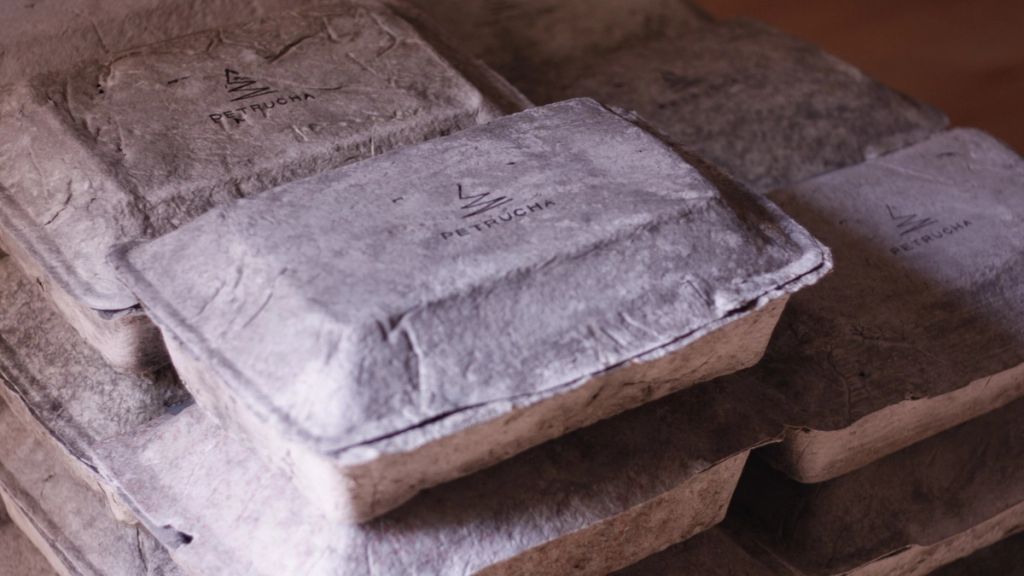
During the optimization phase of the paper cellulose mixture, we noticed that the process was wet and organic, so we decided to incorporate flax seeds to make the mixture more heterogeneous and rugged (we were aiming for a stony effect, in line with the Petrucha brand). During the drying process, the base material of the box acted as a substrate, allowing the seeds to germinate inside the box. In this way, we managed to create a box that was produced artisanally, with organic materials, and that was alive—just like nature itself.
- Sustainability
- Innovation
- Entrepreneurship
- Business strategy
- Product and service design
